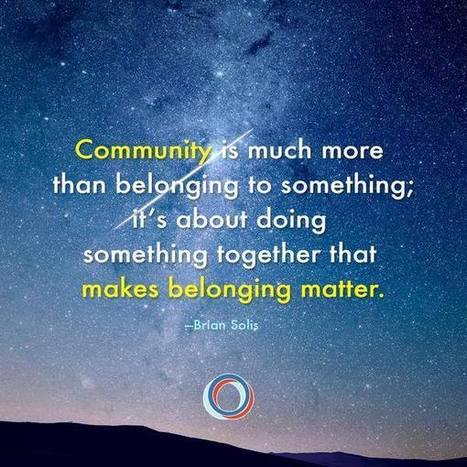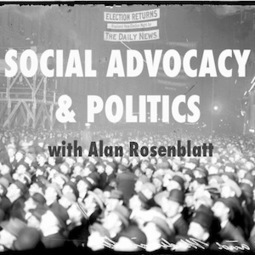That was the question I was recently asked by my friend Vivienne Neale. I wasn’t sure how to reply. After all, we all have our “thought leaders” whom we follow. Me, I always wanted to be part of a community where doing meaningful things made belonging matter. Honestly, I don’t consider myself a thought leader. I simply shared my ideas and work because I felt alone in my mission to change the future of business. I’ve always believed I couldn’t do it alone. I, we, needed one another to learn, unlearn, grow and change.
I once said that becoming a thought leader is about YOU being inspired to do something that helps someone else....
Get Started for FREE
Sign up with Facebook Sign up with X
I don't have a Facebook or a X account
 Your new post is loading... Your new post is loading...
 Your new post is loading... Your new post is loading...

Dr. Helen Teague's curator insight,
September 24, 2014 10:18 AM
As executive influence becomes more important, C-suite executives really do need to “be their brand.” To that end, being seen as an influential thought leader or opinion maker is vital for any CXO hoping to lead a competitive company in today’s world.
But how do you do that? We decided to look at people who are doing it successfully today, and reverse-engineer their secrets. We identified 7 important habits, the first 4 of which we’ll cover in today’s article. They are: Own A TopicMake The Most of ControversyCorollary – Don’t Work in FinanceTweet Early, Tweet Often aka Publish or PerishKnow Your AudienceBe More Than A Brand ExtensionMake Yourself Accessible
So let’s see exactly who these influential leaders are.... |
|















Brian Solis shares a short and to-the-point definition of thought leadership.